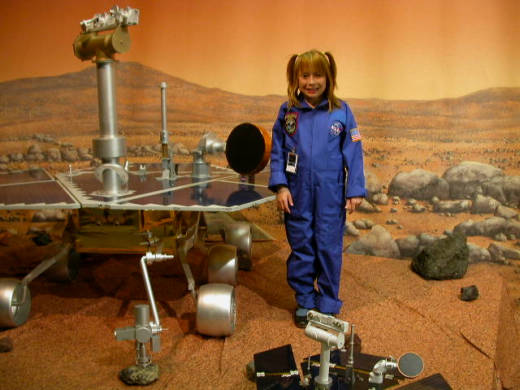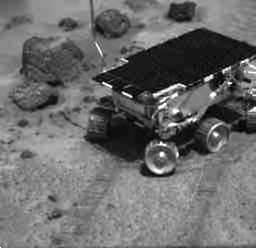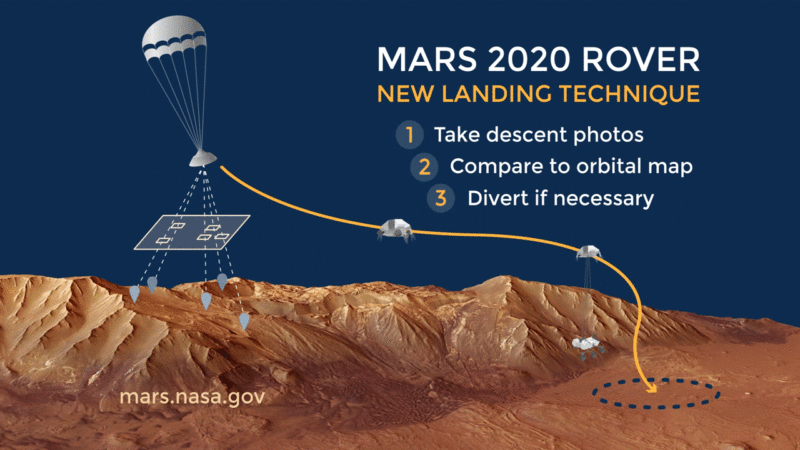Do you know the name of the next robotic explorer to set down on the planet Mars? Better still, do you want to name it? If you’re a student age 18 or younger, you have a shot at it.
If you’re interested, get your essay-writing game on. NASA will soon be holding a contest to select the official name for its Mars 2020 rover, scheduled to land on Mars in two years on a mission to search for signs of life.
NASA is currently reviewing proposals from non-profit and educational institutions to conduct the essay contest, which will take place in the 2019 academic school year. Students from kindergarten to the 12th grade will be given the opportunity to submit an essay championing their name choice for the rover.
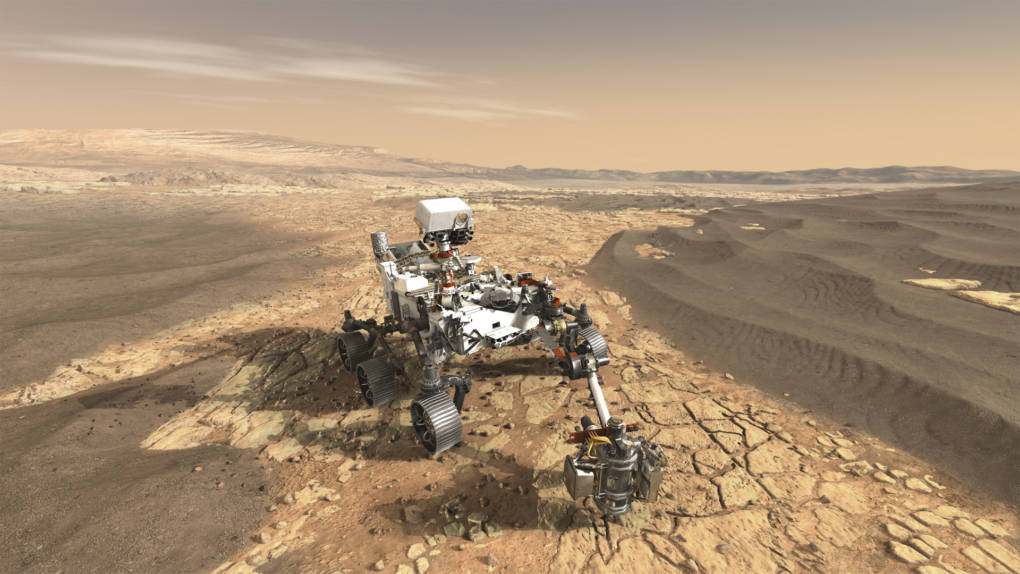
All Martian Rovers Were Named By Kids
Mars 2020 won’t be the first robotic rover named by a youth. In fact, not only has every Mars rover been named by a student, every one of the winning essay writers was a pre-teen.
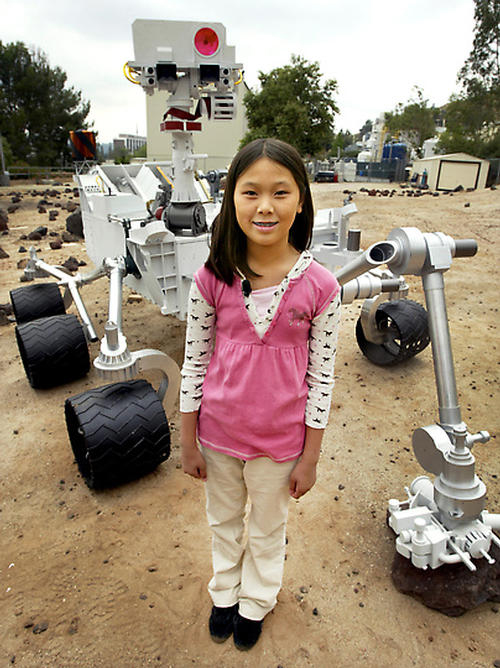
In 2012, the Mars Science Laboratory rover, now exploring the water-laid sediments of Mount Sharp in Gale Crater, was named Curiosity by then 11-year-old Clara Ma. Clara won the naming prize with an essay less than 250 words long.
“Curiosity is the passion that drives us through our everyday lives. We have become explorers and scientists with our need to ask questions and to wonder. ” — Excerpt from Clara Ma’s essay.
Going back a few years from Curiosity, the twin Mars Exploration Rovers, which landed in 2004, were bestowed the names Spirit and Opportunity by 9-year-old Sofi Collis of Scottsdale, Arizona, an adopted orphan born in Siberia. She wrote the winning 50-word essay, saying, “In America, I can make all my dreams come true. Thank you for the ‘Spirit’ and the ‘Opportunity.’ ”
